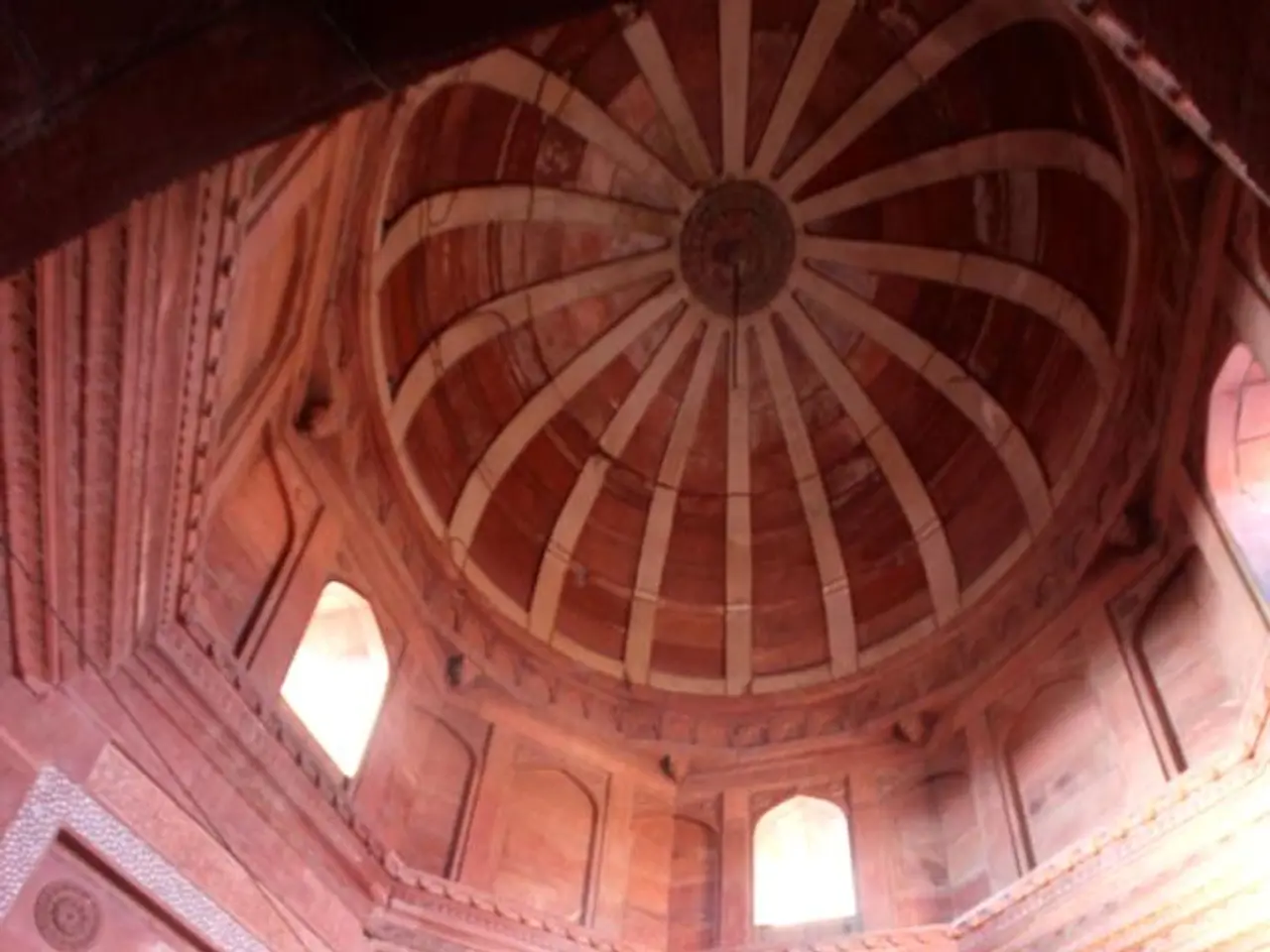Modern Design Trends Owe Their Origin Mainly to Mid-Century Modern Homes, and This Mid-Century Enthusiast Offers Insights into Their Lasting Impact
In the realm of architectural and interior design, the mid-century modern movement continues to captivate and influence, nearly a century after its roots were laid. This style, which flourished primarily in the 1950s, offers a unique blend of form and function that continues to resonate with contemporary tastes.
Patricia Callan, an author and mid-century modern expert, delves deep into this subject in her 2024 book, 'The New Modernist House'. The publication serves as a comprehensive guide, providing insights into updating these iconic homes for modern living, alongside stunning imagery that transports readers back to the era.
Mid-century modern homes can be found in various countries, from the sun-drenched suburbs of Australia to the vibrant cities of Brazil and the United States. Cities like Palm Springs, Los Angeles, and Seattle boast a significant number of these homes, each offering a glimpse into the past while maintaining a contemporary allure.
However, these homes often face challenges, such as a lack of modern amenities and the presence of potentially harmful materials like asbestos. Yet, the appeal of these homes lies in their design philosophy, which emphasises simplicity, functionality, and a connection to nature.
Large windows, floor-to-ceiling in many cases, were a significant feature of mid-century modern homes. This design choice not only allowed for an abundance of natural light but also fostered a sense of experiential living, offering a feeling of connection to nature despite being mostly suburban settings.
The open-plan kitchen, a staple in modern homes, can be traced back to the mid-century modern movement. This layout, which facilitates social interaction and ease of movement, is a testament to the movement's focus on practicality and design.
Aesthetically, the mid-century modern movement informs much of modern design today. Elements such as short, angled legs on furniture, large windows, and polished timber are still prevalent. The movement also celebrates the beauty of the materials it is made with, such as sanded and polished timber and unpainted stone fireplaces.
The exterior of mid-century modern homes is often off-center and long-slung, designed to take advantage of the best light and surroundings. The minimal ornamentation, balanced textures, and mixed materials add depth and interest without cluttering the space.
Bold use of colour is another defining characteristic of mid-century modern interiors. While the base palette often includes neutral tones, bright, bold accent colours are frequently incorporated, often in geometric patterns. These colours provide personality and vibrancy within the minimalist framework.
Modern architecture often draws inspiration from the mid-century modern movement, and the philosophy continues to make waves in modern-day architecture and interior design styles. The mid-century modern ethos allows for mixing pieces together naturally in design, offering a seamless blend of old and new.
In essence, mid-century modern design is defined by its timeless appeal that merges form with function, simplicity with boldness, and nature with innovation, making it both practical and aesthetically distinct.
- Patricia Callan, in her 2024 book 'The New Modernist House', explores the concept of updating iconic mid-century modern homes for modern living, accompanied by captivating images that evoke the era.
- Mid-century modern homes, with their unique design philosophy, can be found globally, with significant numbers in cities like Palm Springs, Los Angeles, and Seattle.
- These homes, although faced with challenges like lack of modern amenities and potential presence of harmful materials, continue to charm due to their emphasis on simplicity, functionality, and a connection to nature.
- Large windows and open-plan kitchens, hallmarks of modern homes, have roots in the mid-century modern movement, reflecting its focus on practicality and design.
- Aesthetically, modern design is heavily influenced by the mid-century modern movement, with elements such as short, angled legs on furniture, large windows, polished timber, and unpainted stone fireplaces still prevalent.
- Bold use of color and geometric patterns is another defining trait of mid-century modern interiors, adding personality and vibrancy within the minimalist framework, a trait that continues to resonate in modern architecture and interior design.





